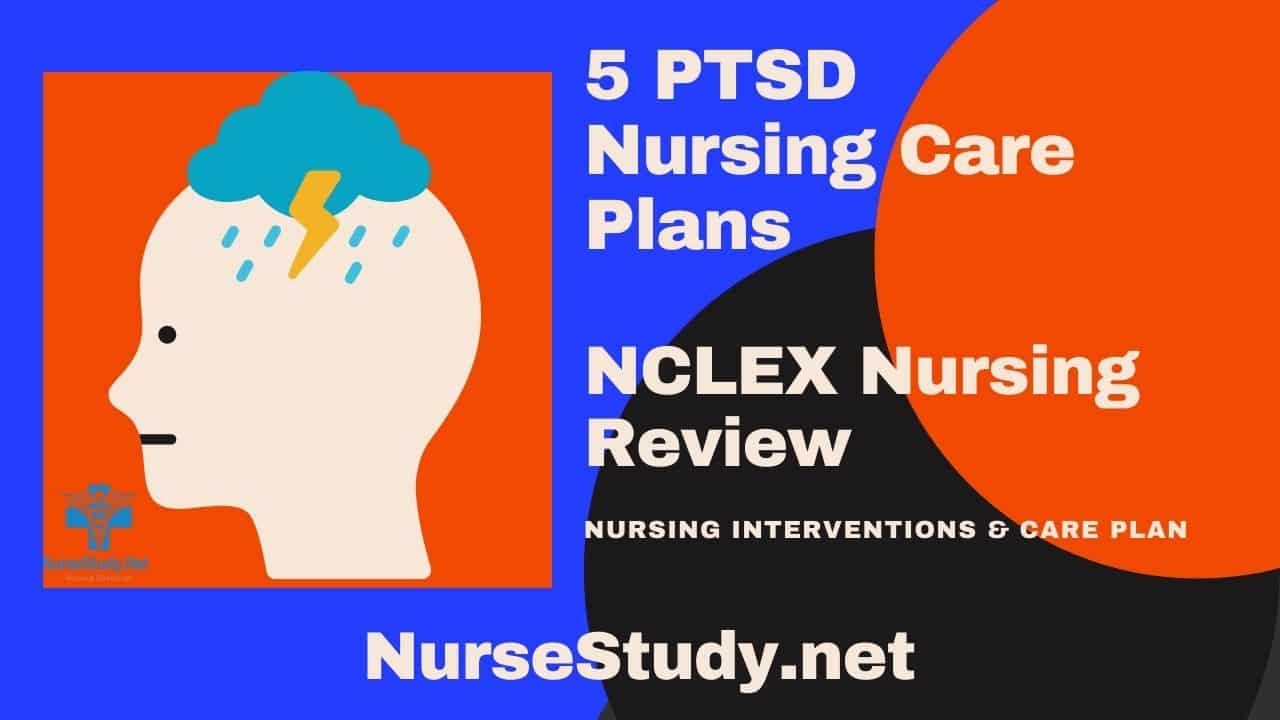

It’s not uncommon for people to suffer from post-traumatic stress disorder (PTSD) after experiencing or witnessing a distressing event. As the name implies, PTSD is a condition and a trauma response to a potentially life-threatening event.
Trauma survivors frequently suffer at first, but with time and good self-care, the vast majority of them are able to recover from their experiences.
PTSD Diagnosis is usually made possible if the symptoms remain for an extended period of time which may persist in months or even years and are usually disruptive to the individual’s normal activities.
Symptoms of post-traumatic stress disorder (PTSD) can appear as soon as a month after a stressful experience, but they can also occur years later.
PTSD symptoms can be divided into four categories: intrusive memories, changes in the physical and emotional reactions, avoidance, and unfavorable changes in thinking and attitude.
Patients with PTSD commonly suffer from different anxiety levels. Patients with mild anxiety demonstrate minimal to complete absence of physiological symptoms where their vital signs are within the normal range.
The patient comes off as calm and composed but may also detail their emotional states, such as nervousness or the feeling of having “butterflies in the stomach .”
The patient exhibits activeness with energetic facial expressions and tone for moderate anxiety, with occasional feelings of tension. Vital signs are normal or may partially become elevated.
In severe anxiety, the PTSD patient may exhibit increased autonomic nervous system function (e.g., increased vital signs, frequent and urgent urination, diaphoresis, muscle tension, and dry mouth.
The patient may suffer from chest pain and palpitations during this stage due to agitation and irritability. He/she may report feelings of being overwhelmed or overloaded. For the panic level of anxiety, the patient’s external appearance and demeanor reflect this, such as changes in behavior from combativeness to isolation and paleness.
In this stage, the increase in the autonomic nervous system results in the stimulation of the sympathetic neurotransmitter release.
Stressful events in the patient’s life, including the degree of trauma they’ve experienced, are grounds for PTSD development. Other causes include:
These factors will likely determine the risk of developing PTSD after a traumatic event, and these include:
The most common treatment includes the following:
Nursing Diagnosis: Fear related to perceived threat or danger, secondary to PTSD as evidenced by verbalization of fearful feelings to a situation or condition, agitation, alertness, tension, increased heart and respiratory rate.
Desired Outcome: The patient will demonstrate effective coping behavior.
Nursing Diagnosis: Anxiety related to anticipation of harm, secondary to PTSD as evidenced by increased blood pressure, heart rate, lack of self-control, irrational or erratic behavior, and panic attacks.
Nursing Diagnosis: Ineffective Coping related to a sudden change in status, secondary to PTSD, as evidenced by the inability to cope with reality, incapacity to perform day-to-day tasks, exhaustion, and self-destructive habits, such as binge drinking or use of drugs.
Desired Outcome: The patient will employ efficient coping methods in the event of unexpected events.
Nursing Diagnosis: Insomnia related to difficulty maintaining normal sleep, secondary to PTSD as evidenced by sleep deprivation, general exhaustion, weakness, difficulty focusing and recalling information.
Desired Outcome: The patient gets the amount of sleep he/she needs and will appear to have a rested appearance.
Hopelessness
Nursing Diagnosis: Hopelessness related to the inability to control the situation, secondary to PTSD as evidenced by decreased appetite, decreased reactivity to stimuli, a lack of drive, inability to take the initiative, and lack of participation in the treatment or care.
Ackley, B. J., Ladwig, G. B., Makic, M. B., Martinez-Kratz, M. R., & Zanotti, M. (2020). Nursing diagnoses handbook: An evidence-based guide to planning care. St. Louis, MO: Elsevier. Buy on Amazon
Gulanick, M., & Myers, J. L. (2022). Nursing care plans: Diagnoses, interventions, & outcomes. St. Louis, MO: Elsevier. Buy on Amazon
Ignatavicius, D. D., Workman, M. L., Rebar, C. R., & Heimgartner, N. M. (2018). Medical-surgical nursing: Concepts for interprofessional collaborative care. St. Louis, MO: Elsevier. Buy on Amazon
Silvestri, L. A. (2020). Saunders comprehensive review for the NCLEX-RN examination. St. Louis, MO: Elsevier. Buy on Amazon
Please follow your facilities guidelines, policies, and procedures.
The medical information on this site is provided as an information resource only and is not to be used or relied on for any diagnostic or treatment purposes.
This information is intended to be nursing education and should not be used as a substitute for professional diagnosis and treatment.
Anna Curran. RN-BC, BSN, PHN, CMSRN I am a Critical Care ER nurse. I have been in this field for over 30 years. I also began teaching BSN and LVN students and found that by writing additional study guides helped their knowledge base, especially when it was time to take the NCLEX examinations.